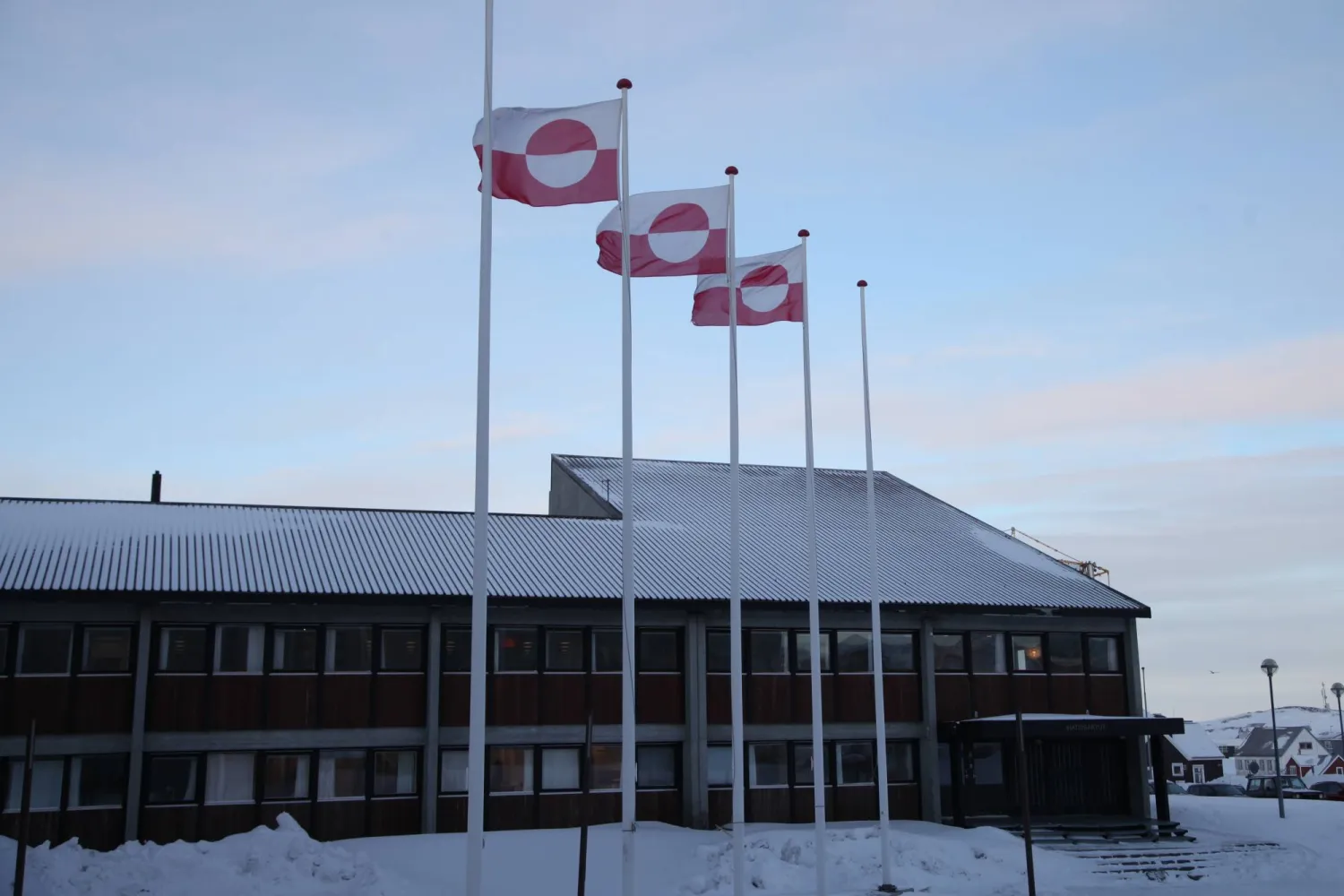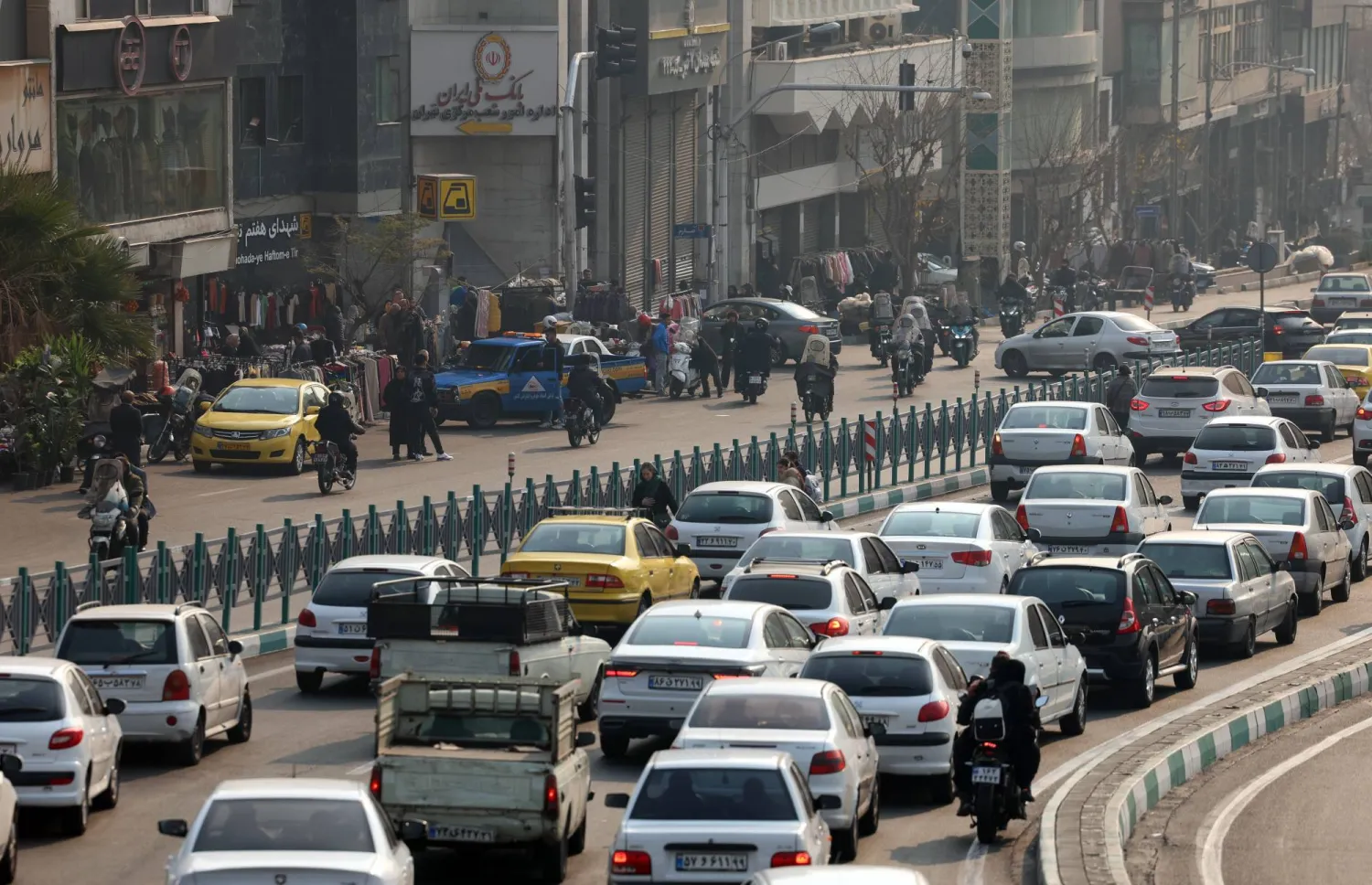Turkish President Recep Tayyip Erdogan has renewed his demand to establish a safe zone, devoid of the Kurdish People's Protection Units (YPG) and Kurdistan Workers' Party (PKK), 30 kilometers deep into northern Syria.
Erdogan first made his intentions clear in 2013 and then presented a detailed map of his vision before the United Nations in 2019. His plan was rejected by the United States, Europe and Russia. Ankara managed, however, through various exchanges and military incursions to establish pockets of control in the area.
This was achieved through four military operations: Euphrates Shield in Jarablus in northern Aleppo in 2016, Olive Branch in Afrin in Aleppo's countryside in 2018, Peace Spring in Tal Abyad and Ras al-Ain east of the Euphrates River in late 2019 and Spring Shield in Idlib in spring 2020.
The process also demanded a series of agreements: Ankara, Moscow and Tehran signed an agreement over Idlib in Astana in 2017; Ankara signed a number of understandings with Moscow in 2018 and 2020; Ankara signed an agreement with Washington over the Manbij "roadmap" in 2018 and another one on the Peace Spring region in October 2019.
These deals allowed Turkey to establish its zones of influence that take up around 10 percent of Syria, or roughly twice the size of Lebanon. Turkey, along with Russia and Iran, which control 63 percent of Syria with the regime, is one of the main players in the war-torn country. Added to them are the United States and its allies, who back the Kurdish Syrian Democratic Forces (SDF), which hold 23 percent of northeastern Syria.
Turkey's incursions in Syria have prevented the Kurds from establishing their own state, similar to the Iraqi Kurdistan Region. It partially succeeded in driving out the YPG and PKK from its southern borders and prevented dramatic demographic changes in northern Syria. Ankara, Tehran and Damascus are in agreement over barring the establishment of a Kurdish entity. Syria, Iran and Turkey had in the 1990s also stood against the establishment of the Iraqi Kurdistan Region.
What has changed?
Erdogan believes that the war on Ukraine has granted Turkey a unique and major negotiations position with Russia, the US and Washington.
Washington supports Sweden and Finland's bid to join NATO and in order for that to succeed, it needs the approval of all members, including Turkey.
Moscow opposes the bid and is banking on Turkey's veto to that end.
Through the series of tradeoffs and understandings in Syria, and Ankara and Moscow's bilateral military, economic and political relations, Russian President Vladimir Putin succeeded in using his special ties with Erdogan in making a main breakthrough in NATO's southern front. Turkey's Incirlik base near the Syrian border lies just dozens of kilometers away from Russia's Hmeimim air base in western Syria.
Days ago, as NATO was preparing to hold a summit in Spain next month, Erdogan raised his tone and threatened to wage a new incursion in northern Syria with the aim of establishing a "safe zone" and driving out the YPG.
Turkish intelligence and allied Syrian factions have been preparing for the new battle. Shelling along the frontlines has also intensified in recent days, namely in the Peace Spring region covering Tal Abyad, Ras al-Ain and the area east of the Euphrates, the areas near Manbij in the Aleppo countryside, and in Tal Rifaat.
Each of these three zones has its own risks should Turkey choose to attack:
- Red zone. The US has deployed its forces, patrols and drones in the area east of the Euphrates to stress that it is there to protect its allies - the SDF - and repel the Turkish army. The US informed Ankara, through its UN ambassador, of its rejection of any military attacks.
Russia, meanwhile, has used the Turkish threats of an offensive to justify reinforcing its strategic deployment near American forces east of the Euphrates.
This has forced Turkey to backtrack somewhat with Erdogan clearly stating that the new offensive would not include the area east of the Euphrates, but it will cover the region west of the river, specifically Manbij and Tal Rifaat.
- Yellow - grey zone, covering west of the Euphrates in Manbij, where an old American-Turkish agreement called for the withdrawal of the YPG and PKK. Washington and Ankara also agreed to deploy joint patrols in the area and form a local council.
The US assurances to the YPG included Manbij and Washington believes that any threat to the Kurdish force will undermine the war against ISIS.
Any Turkish attack in this zone will lead to instability and raise demands in the US Congress for Washington to impose sanctions on Ankara that were imposed after the 2019 offensive.
Erdogan certainly wants to avoid more economic pressure, a year before presidential elections. He may, however, increase pressure in Manbij to reach a new settlement against the YPG.
- Green zone that covers Tal Rifaat, also west of the Euphrates. This area is, in theory, held by Russia, Iran and the Damascus regime. A Turkish incursion here may be easier than the other two zones. All Ankara needs is a green light from Moscow, just as it did for the Euphrates Shield, Olive Branch and Spring Shield operations.
At the time, Russia extracted a price from Turkey in Syria. This time around, Turkey's request for control of Tal Rifaat from Russia will be met with Moscow's demands over Ukraine and Sweden and Finland's NATO bids or perhaps that Ankara normalize ties with Damascus and agree to the deployment of Syrian border guards on the Syrian-Turkish border.
The coming days will reveal Turkey's true intentions: Is it seeking better negotiations conditions ahead of the NATO summit or is Erdogan seeking to impose a new reality on the ground before flying to Spain? Moreover, how will this clash play out with the UN Security Council seeking to extend the cross-border aid deliveries through Turkey before the July 10 deadline?









